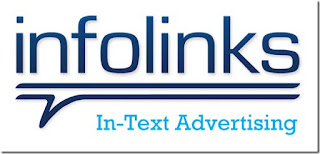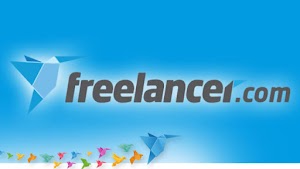Infolinks is pioneer of in-text advertising and it’s one of the largest ad networks in the world today. Founded in 2007, Infolinks provides advertising solutions to more than 200,000 website owners and bloggers worldwide, helping them to monetize their sites with premium Contextual Ads . Basically, Infolinks is in-text, PPC (pay-per-click) and PPV (pay-per-view) ad network, but it offers various other ad types. Infolinks is the third largest and popular ad network after Adsense end Media.net for the publishers.
How to Get Approved by Infolinks?
To get approved by infolinks, isn’t that difficult as compared to Google Adsense. In fact, all you need is a blog or website with good amount of traffic to start with. Your blog or websites shouldn’t have illegal contents like hacking sites, pornographic sites, drugs etc. Registering to Infolinks is very easy. Just visit the website homepage and click on the »Join us« button. After entering your website in the first field, you can simply sign up with your Facebook credentials or add your full name and email. Then, you must put the infolinks code on the website and wait for approval.
The application process seems quite fast, as you’ll get notified of your approval within 24-48 hours.
Types Of Ad Formats In Infolinks:
- InText: Advertisements are carefully positioned between material that suits the best keyword and retains the relevance. The size and amount of InText advertising can change to publishers.
- InFold: This ad targets only the search traffic and displays footer-sticky advertisements for the users. InFold ads are SEO-friendly, as ads relate to what users came looking for through search engines are provided.
- InFrame: These are skyscraper ads that appear on either side of large-screen devices. The content remains at the center of the screen while advertisements on InFrame continue to provide ad impressions without disrupting the layout of the web.
- InArticle: These are expandable advertisements that are triggered by the user. It awaits users to begin interacting with the content and extends for full interaction at the right time. InArticle advertising can use show, video, and native formats.
- InTag: It offers a set of keywords specific to website content, targeting a broad spectrum of users while ensuring contextual accuracy.










0 Comments